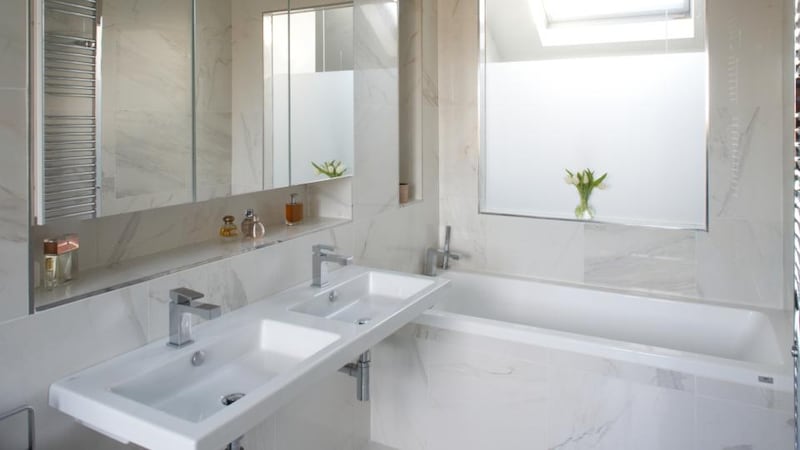Where to locate radiators in a new open-plan space can be a challenge – not to mention the fact they are not the most attractive feature in a room. So underfloor heating is a tempting solution but is it the right solution for you?
There are two types of underfloor heating systems, water and electric. The water system runs off the central heating system and is suitable for new constructions or extensions where a new floor is being created as the pipework needs to be embedded into the floor. The water-based system is more energy-efficient than radiators as it works at a lower temperature and the heat will be retained in the floor for several hours once it reaches the optimum temperature.
If you are extending you can tap into a local radiator circuit – but this is only suitable for small areas. For a more substantial area, you will need to have an independent system. This will probably mean that you will need to replace your boiler to handle the increased capacity. If you are not planning on replacing your boiler or heating system as part of the works it is worth checking with your contractor to ensure that your current boiler is capable of supporting the new heating system.

The electric underfloor heating system is where an electric heating cable is installed underneath the floor, and heats up when the electricity is switched on. Electric underfloor heating doesn’t rely on the rest of the heating system, making it perfect for renovations. So if your existing heating system is at capacity, electric underfloor heating can be installed without the need to upgrade your boiler.
These systems are more expensive to run than the water versions but are very successful in small areas like bathrooms and en-suites. The use of a timer on these systems makes them much more efficient.
Regulating heat
The initial installation of the water underfloor system is more expensive than a standard central heating system. It can also be less sensitive than radiators, which heat up swiftly once turned on and cool down rapidly; meaning if you return home to a cold house it can take a long time to get the house to warm. Similarly, if the outside temperature warms up it can take a long time for the house to cool down. There are devices such as weather sensors that you can install to manage this issue but this is one area where radiators are more user-friendly.
Most floor finishes are compatible with underfloor heating. Stone, ceramic and porcelain tiles are ideal, as are most timber finishes. When it comes to timber flooring, however, you should check with your supplier to ensure you have the correct specification for your system as there can be issues with boards cracking or buckling if the temperature gets too high. Investing in insulation will reduce this kind of heat build-up and keep running costs to a minimum.
If you are considering an underfloor system, speak to friends who have a similar system to see how they find living with it. Often a common reason for not adopting this kind of system is uncertainty around how to operate it. So make sure you get very clear instructions from the contractor or plumber on all aspects of how to best use the system.
Denise O’Connor is an architect and design consultant

















